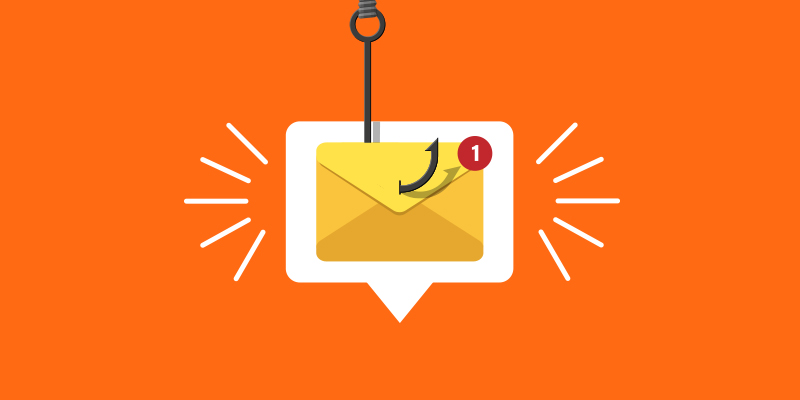 Threat Intelligence
Threat IntelligencePhishing Emails: Tricks Hackers Use to Fool You
July 10, 2025 • 8 min read
Phishing emails are more convincing than ever. Discover the red flags and how to avoid falling victim.
Phishing remains one of the most common and effective cyber attacks. In 2025, phishing techniques have become increasingly sophisticated, using AI and social engineering to create highly convincing scams. Understanding these tactics is your first line of defense.
Common Phishing Techniques in 2025
1. AI-Generated Content
Attackers use AI to create perfectly written emails that mimic legitimate communications, making detection much harder.
2. Business Email Compromise (BEC)
Sophisticated attacks targeting executives and finance departments with fake payment requests and urgent instructions.
3. Spear Phishing
Highly targeted attacks using personal information gathered from social media and data breaches to create believable scenarios.
4. Smishing and Vishing
Phishing via SMS (smishing) and voice calls (vishing) are on the rise, exploiting trust in these communication channels.
5. QR Code Phishing
Scammers embed malicious links in QR codes to bypass traditional email filters and security checks.
6. Calendar Phishing
Malicious calendar invites containing phishing links sent to targets' digital calendars.
7. Social Media Phishing
Fake messages and posts on social media platforms directing users to malicious sites.
Red Flags to Watch For
- Urgent or threatening language creating panic and pressure to act quickly
- Unusual sender addresses or display names that look almost legitimate
- Requests for sensitive information, payments, or password changes
- Poor grammar and spelling (though becoming less common with AI)
- Suspicious links or attachments from unexpected sources
- Unusual formatting or branding inconsistencies
- Generic greetings instead of personalized messages
- Mismatched URLs (hover to see actual destination)
Protective Measures
- Verify sender identities through secondary channels (phone call, etc.)
- Hover over links to preview URLs before clicking
- Enable multi-factor authentication on all accounts
- Use email security gateways and advanced filters
- Conduct regular phishing awareness training
- Implement DMARC, DKIM, and SPF protocols
- Report suspicious emails to your IT department immediately
- Use email clients with advanced security features
Advanced Phishing Defenses
- AI-powered email security solutions that learn and adapt
- Behavioral analysis detecting unusual communication patterns
- Digital signatures for important communications
- Email authentication and verification protocols
- Security awareness training with simulated phishing tests
- Browser extensions that warn about malicious sites
Mobile Phishing Protection
- Be cautious with links in text messages
- Verify app sources before downloading
- Use mobile security solutions
- Avoid connecting to public Wi-Fi without VPN
- Keep mobile operating systems updated
Statistics That Matter
- 94% of malware is delivered via email
- Phishing attacks account for 90% of data breaches
- Average time to identify a breach caused by phishing is 196 days
- Organizations that train employees can reduce phishing susceptibility by 60%
Take Action Today
- Implement a comprehensive email security strategy
- Train employees to recognize and report phishing attempts
- Use advanced threat protection solutions
- Regularly update security protocols
- Conduct phishing simulation exercises
Remember: No legitimate organization will ask for sensitive information via email. When in doubt, verify through official channels before taking any action. Your vigilance is the most effective defense against phishing attacks.